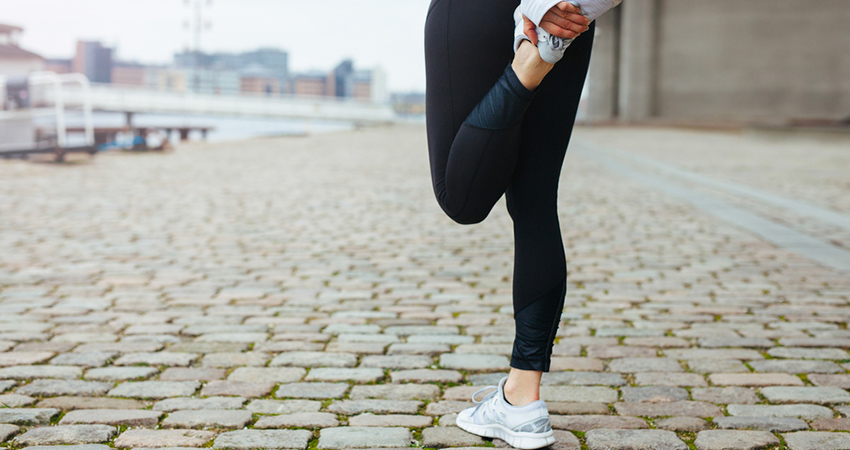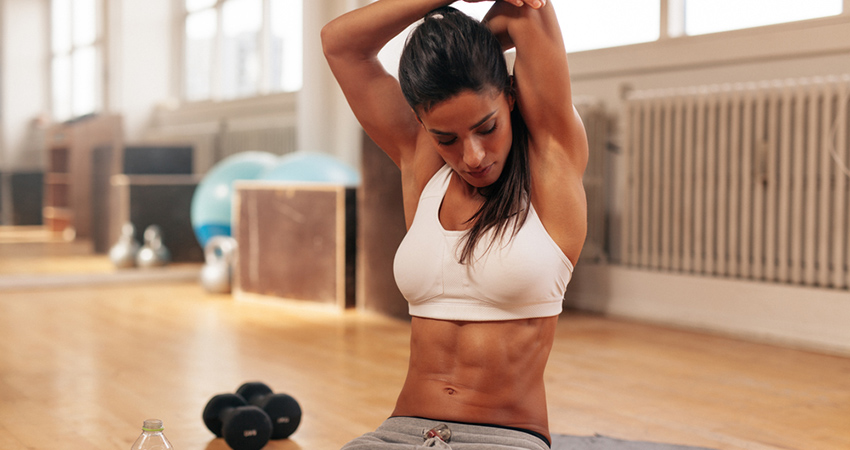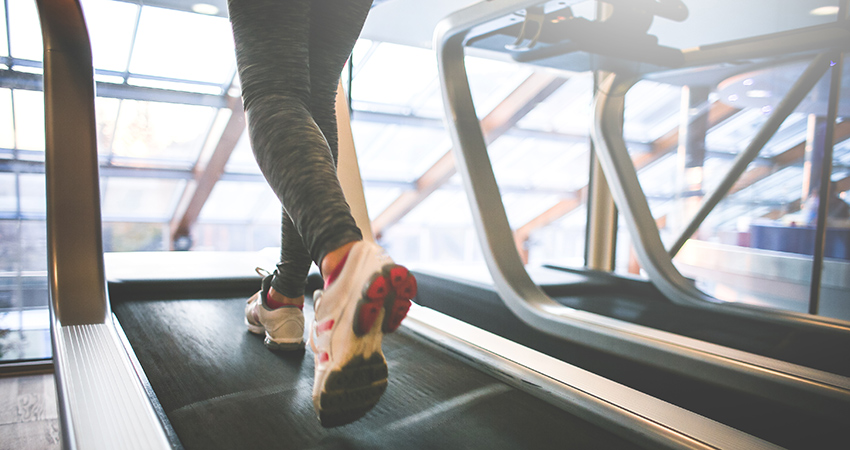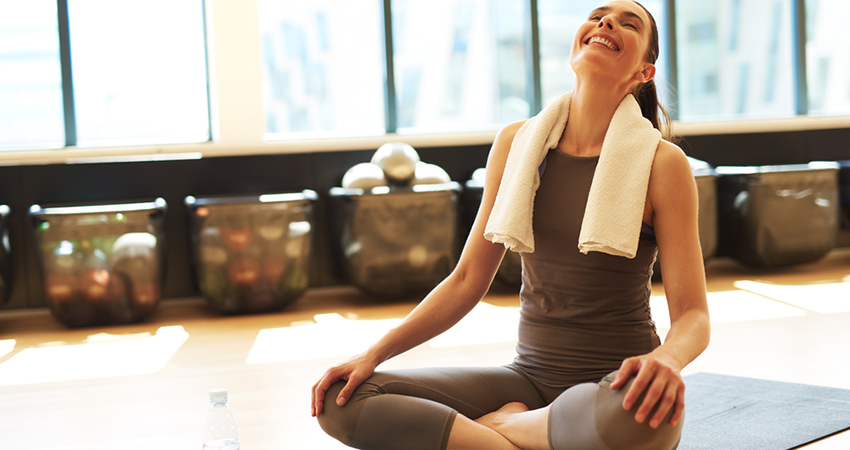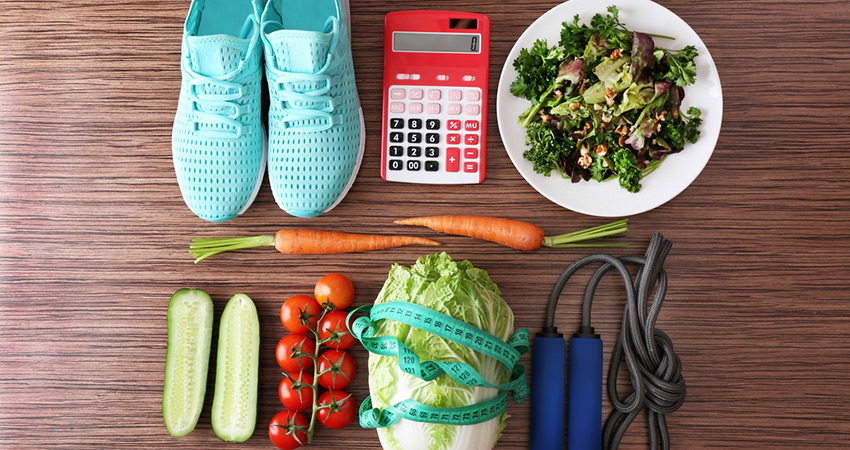
For many people, doing stretches after a good workout can feel like an extra chore or a waste of time because they already warmed up before exercising. Even those who do make the time for a post-workout stretching session tend to rush through everything or keep it short and simple because they want to go relax.
While this might seem like a good way to save some time, it can come with a cost that is paid later. This is because not resetting your muscles to their natural state after a workout can lead to stiffness and soreness down the line as well as other issues.
Because your muscles are warm immediately after your workout it is the best possible time to take advantage of the increased elasticity of them and perform some stretches. It doesn’t just come with physical benefits, such as reducing soreness, either. Stretching is also of psychological use, as it causes a mind-body connection. This enables you to get in tune with your body and focus on how it is feeling.
Although stretching is very important post-workout, there is no need to stretch all the muscles in your body. With the following four stretches you will be able to target all the right spots in order to reduce muscle tension and help your body to recover as well as repair.
1. Spinal Stretch
Over time, spinal stretches can help to reduce back problems as well as lead to an improved posture. However, take care not to try to stretch past the point that your body is able to handle, as you might cause more harm than good.
Technique: Lie down flat on your back, with your legs together, and then stretch your arms out overhead. Focus on lengthening and extending your body all the way from your fingertips down to your toes.
Advantages: While performing these stretches you are lengthening as well as realigning your spine. In addition to increasing the flexibility of your lower back and hips it also helps to stimulate your digestive system. This will result in you feeling more energized after you are done stretching. Stretching the spine is also able to help improve circulation while reducing tension in the joints.
2. Hamstring Stretch
Stretching the hamstring is important as they can create a downward pull on your pelvis if they are tight. This can lead to numerous issues with your hip and lumbar spinal joints. Tight hamstrings around the knees can also cause issues related to the kneecap and the thigh bone.
Technique: Lie down flat on your back while keeping your back straight and your legs fully extended. Make sure that your hips remain level and that your lower back stays on the ground. Now, bend your right knee while placing your right foot flat on the ground. Then, bend your left knee and proceed to draw it up into your chest. With your right foot still on the ground, slowly begin to straighten your left leg. Keep both hips firmly on the ground while pulling your left leg gently towards you. The easiest way to do so is by placing both hands on the back of the calf or thigh. For the duration of this stretch, your neck and head should remain relaxed and on the ground.
Advanced Technique: As your flexibility increases, you will be able to increase the intensity of the hamstring stretch. It is important to only do this if your flexibility allows it, in order to avoid injury. Perform the stretch as described above, but straightening the knee of the leg that is on the ground. Hold this pose for 30 seconds while inhaling and exhaling deeply. Then, switch the position of your legs, and repeat the stretch on the opposite side.
Advantages: With this hamstring stretch technique you can efficiently reduce the amount of stress that is felt in your lower back. It is also a great technique for improving your posture.
3. Quadriceps Stretch
Your quadriceps are used for everything, from walking to climbing steps, so it is vital to stretch them after a workout to prevent stiffness, which can impede these actions.
Technique: Begin by assuming a prone position (with your face down) on the floor or mat. Both legs should be stretched out. Next, flex your left knee, and bring your foot up. Try to bring your foot forward enough that it is touching your buttocks. Then, use your left hand to reach behind you and grasp the foot that you have brought forward. While holding your foot by the ankle or forefoot, stretch it more towards the front. After holding this stretch for approximately 30 seconds, release and then repeat the procedure again with the other foot. Be sure that no pressure is applied to your knees when performing these stretches.
Advantages: With the quadriceps stretch you open your hips, increasing your flexibility. This stretch is also able to efficiently realign your posture if done correctly and can reduce the likelihood of back or knee pain.
4. Hip Flexor Stretch
When sitting, our hip flexors are constantly in a shortened position, which can cause tightness. By not stretching these muscles after an exercise the problem is only exacerbated, so be sure to end each workout session with some hip flexor stretches.
Technique: Get down on both knees before lifting and stepping forward with your left foot. While your right knee remains in position below your hip, keep the left knee directly over your heel. Stay in this position, and then lift your right hand up in the air. Next, reach slightly over to the left with your right hand while leaning back a little. Both hips should remain facing forward as you tilt your pelvis forward in order to engage your glutes.

Tip: To adjust exactly where you feel the stretch, simply change the position of your foot. By bringing your foot inward or turning it out you are externally and internally rotating the hip. Focus on the version where you feel the biggest stretch for the best results.
Advantages: Performing hip flexor stretches will improve the flexibility of your hips along with your quadriceps. It is also, as the name implies, an effective way to release the hip flexor muscle group.
Stay Committed To Stretching
There are other, more complicated, stretches that can be done after working out, but with the four techniques described above, you will be able to target all the most important muscle groups. These stretches are simple enough that they can be performed anywhere, and none of them require any external accessories, equipment or even a partner to do.
They offer the perfect way to relax and rejuvenate your body after your workout and will also make you more flexible, less prone to injuries and with a better posture.
Personal trainer, fitness coach and wellness expert for over twenty years. Shauna is able to connect personally with her clients because I faced my own wellness challenges at a young age. She started her personal journey towards feeling fit and healthy twenty years ago, and has never looked back. Once struggling with her weight, she also had confidence issues and found it hard to stick with diet and exercise. Shauna managed to break free of this struggle, and now wants to give back and share the lessons she has learned.
What the * means.
PersonalGrowth.com is here to educate, inspire and contribute to the personal growth of humanity.
In order for PersonalGrowth.com to remain free to use, we may include links that compensate the site. The links will always be based on heart-centered intentions that will contribute to supporting the work we do, therefore serving your personal growth. We greatly appreciate your support.
Original article and pictures take 2vkuz352o2c1smu9d1hibypj-wpengine.netdna-ssl.com site
